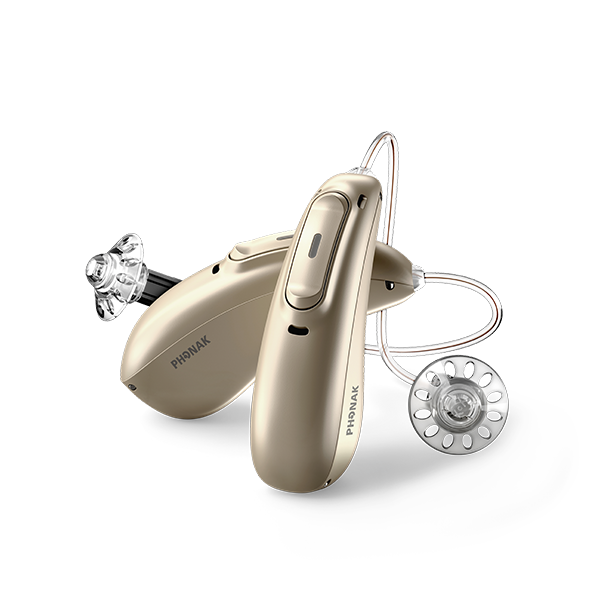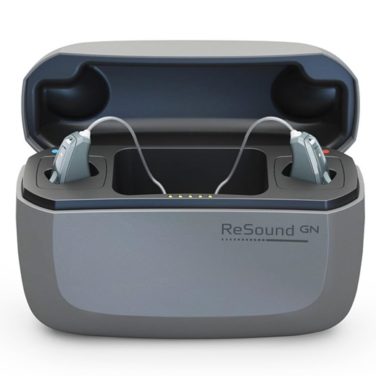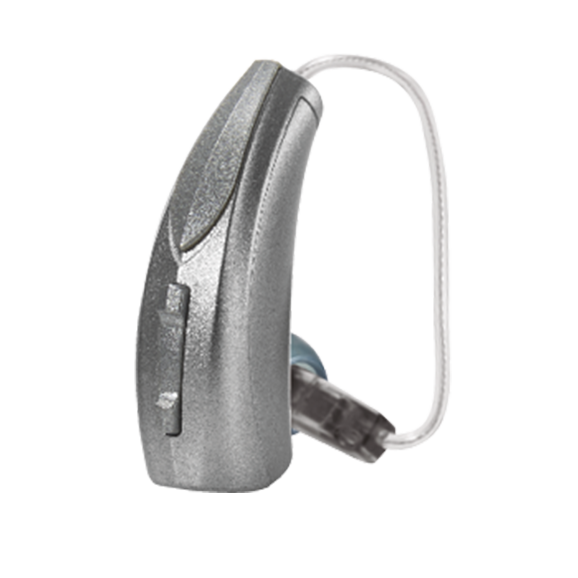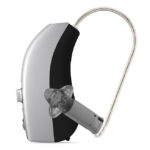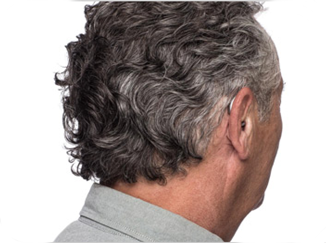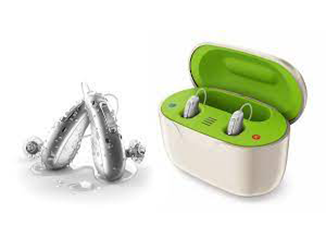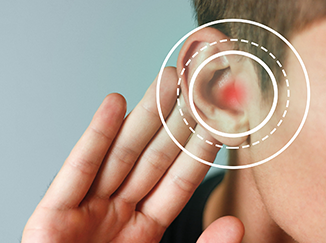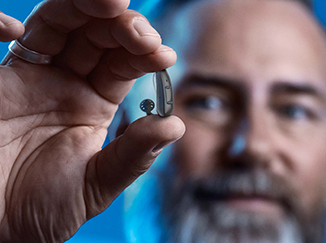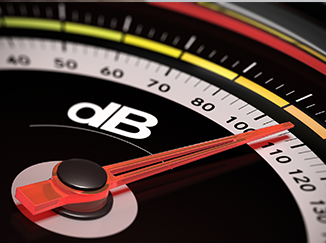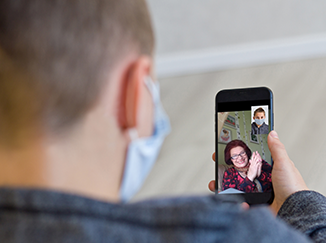Unitron
Unitron is a global company that is part of the Sonova group. It is based in Canada and, over the past 50 years, has manufactured award-winning hearing aids. Unitron works closely with Hear the World Foundation providing assistance in the prevention and care of hearing loss in children.
Why choose a Unitron hearing aid?
Because hearing matters to Unitron. It is a major hearing aid manufacturer, producing not only amazing hearing devices for you, but casing their technology in beautifully designed hearing aids. In the Unitron range of models you will find hearing aids that are sleek and durable. You will experience the benefits of binaural processing and SoundCore features. Do you need hearing aids that will cope with water, dust and humidity? Unitron can help. What about rechargeable hearing aids? Yes, you can find these models in the Unitron range. If you’re not sure what level of technology you need, Unitron have the unique Flex:trial system, which allows you to take your hearing aid home to trial in your own listening environment. You can even use it to move to a higher technology level with the Flex:upgrade innovation. This is a great feature as you get to decide what works best for you, in your lifestyle environment.
Ready to buy Unitron hearing aids?
All Unitron hearing aids which are bought through Hearing Choices and our partner Hearing Healthcare Professionals include a 45 day trial and 3 year warranty. If you need advice on the best solution for your hearing, give us a call on 1300 323 265. We will be able to give you guidance specifically for your communication needs and what Unitron model will best suit your requirements. We will also be able to give you prices on individual models. Hearing Choices will beat any written quote by 5% from an Australian retailer as we provide competitive pricing across the Unitron range of devices. Our customers, on average, make big savings by purchasing Unitron hearing aids through Hearing Choices.
Oticon
Since the early 1900s, Oticon has been dedicated to creating innovative hearing solutions and putting people first. This Danish company is now a part of the William Demant Holding Group and continues to create high end technology to ensure those with hearing loss can lead a more fulfilled life. For Oticon, better hearing starts with the brain, so their technology focuses on supplying the brain with appropriate information to make sense of all the sounds in your world.
Why choose an Oticon hearing aid?
Oticon put people first when they consider their technology. Their latest model, the Opn, demonstrates this with the development of the OpenSound Navigator allowing for 360° hearing in all listening situations, not matter how challenging. There are a range of hearing aid models and styles across the Oticon range to consider, including the Siya, a power hearing aid for people with hearing levels in the severe to profound range.
Ready to buy Oticon hearing aids?
If you’ve done your research and are sold on the Oticon devices, let Hearing Choices help you take the next step along the road to better hearing. You can discuss your choices with our staff by either calling 1300 323 265, emailing us at hearing@hearinghoices.com.au or just click on the red phone and one of our representatives will be ready to start you on your journey. We will help you get in touch with a Hearing Healthcare Professional who can recommend the right Oticon device for you. Hearing Choices will beat any written quote by 5% from an Australian retailer as we provide competitive pricing across the Oticon range of devices. Prices include our 45 day risk fee trial, full manufacturer warranty and affordable aftercare. Our customers, on average, make big savings by purchasing Oticon hearing aids through Hearing Choices.
Widex
This hearing aid company aims to give you unlimited access to a world of sound. Based in Denmark, Widex has long been touted as an innovator in hearing aid technology. Their headquarters reach high environmental standards and are CO2 neutral, making Widex leaders in their field in many areas.
Why choose a Widex hearing aid?
A hearing aid from Widex will utilise ‘machine learning’ giving you total control of what you hear. Technology known as SoundSense Learn listens to your feedback from your listening environment and alters what you hear to enrich your experience. If you have tinnitus, Zen Therapy will relax you and help you to habituate to the tinnitus sounds. And if you want high quality, clear Bluetooth streaming, you can’t go past a Widex hearing aid. Whether it’s the superior EVOKE, excellent BEYOND or if you don’t require Bluetooth streaming, the UNIQUE model you choose, you will have a hearing aid that meets the high Widex standards of unlimited access to a world of sound. Rechargeable battery options are also available.
Ready to buy Widex hearing aids?
If you’re ready for the Widex hearing experience, Hearing Choices can help you with the next step. You can discuss your choices with our staff by either calling 1300 323 265, emailing us at hearing@hearinghoices.com.au or just click on the red phone and one of our representatives will be ready to start you on your journey. We will help you get in touch with a Hearing Healthcare Professional who can recommend the right Widex device for you. Hearing Choices will beat any written quote by 5% from an Australian retailer as we provide competitive pricing across the Widex range of devices. Prices include our 45 day risk fee trial, full manufacturer warranty and affordable aftercare. Our customers, on average, make big savings by purchasing Widex hearing aids through Hearing Choices.
Hansaton
Hearing intelligence and an active mind go hand in hand for Hansaton. If you hear and understand better, you will live better. This German company has been developing innovative hearing solutions since the middle of last century and focus on hearing devices that will keep your brain active. Hansaton is a company with a transparent and open approach to all facets of manufacturing. With its open glass-front manufacturing facility, Hansaton invites everyone into their world of better hearing.
Why choose a Hansaton hearing aid?
Delivering natural hearing in all environments, Hansaton technology will give you memorable hearing in every situation. HearIntelligence will deliver you all the elements that are paramount to clear, crisp sound. SHD Technology allows the brain to have access to all sounds in the environment giving you back 3D hearing – the HD stands for High Definition and that’s what they aim for. With Hansaton hearing aids you can have any style with their latest technology (sound and jam models). Rechargeable hearing aids are also available (AQ) as are power aides (beat).
Ready to buy Hansaton hearing aids?
Think a Hansaton hearing aid is for you? If the answer is yes, then let Hearing Choices help you take the next step along the road to better hearing. Call us today on 1300 323 265, and we’ll get you started on the road to better hearing with Hansaton. Hearing Choices will beat any written quote by 5% from an Australian retailer as we provide competitive pricing across the Hansaton range of devices. Prices include our 45 day risk fee trial, full manufacturer warranty and affordable aftercare. Our customers, on average, make big savings by purchasing Hansaton hearing aids through Hearing Choices.
Phonak
Life is on at Phonak! This Swiss company has been developing hearing solutions since 1947 and uses the latest technology to bring the best hearing to their customers. Phonak wants you to hear better everywhere and prides itself on providing the best sound quality in all environments.
Why choose a Phonak hearing aid?
Autosense technology – that’s why. Phonak has produced a number of hearing aids that allow wearers to seamlessly hear, no matter the environment or the sound. Their binaural streaming allows for exceptional hearing in both ears during phone calls and their Bluetooth technology has universal connectivity. The Audéo RIC series of hearing aids includes rechargeable options as do the Bolero BTE hearing aids. Or you could choose a custom made small in-the-ear device with the Virto models – there’s even a tiny titanium hearing aid!
Ready to buy Phonak hearing aids?
If you are looking to buy a Phonak hearing aid then let Hearing Choices help you take the next step along the road to better hearing. Call us today on 1300 323 265, and we’ll find the best price on a Phonak device for you. Hearing Choices will beat any written quote by 5% from an Australian retailer as we provide competitive pricing across the Phonak range of devices. Prices include our 45 day risk fee trial, full manufacturer warranty and affordable aftercare. Our customers, on average, make big savings by purchasing Phonak hearing aids through Hearing Choices.
ReSound
ReSound is a part of the GN Group that has a history in communication devices dating back to telegraph connections in the 19th century. ReSound want life to sound better so their hearing aids aim to make users feel more connected and involved with the world around them.
Why choose a ReSound hearing aid?
ReSound hearing aid technology enables clearer speech with the use of environmental classifiers. The Bluetooth steaming capability found in these hearing aids is preferred by more than half of hearing aid users and the Music Mode is clearly the top choice with almost 100% of listeners preferring this program. ReSound hearing aids have a number of smartphone apps to assist with not only ease of use but improved personalisation of your listening experience.
Ready to buy ReSound hearing aids?
If the Bluetooth and Music Mode found in ReSound hearing aids are what you are after then let Hearing Choices help you take the next step along the road to better hearing. Call us today on 1300 323 265, and we’ll find the best price on a ReSound device for you. Hearing Choices will beat any written quote by 5% from an Australian retailer as we provide competitive pricing across the ReSound range of devices. Prices include our 45 day risk fee trial, full manufacturer warranty and affordable aftercare. Our customers, on average, make big savings by purchasing ReSound hearing aids through Hearing Choices.
Bernafon
From the year of the bikini, this Swiss company has been developing design-winning hearing aids - that’s more than 70 years of innovation! Your hearing is their passion and their aim is to develop innovative hearing solutions to empower people to hear and communicate better. Bernafon is part of the William Demant Holding group and sits alongside Oticon, Sonic and Sennheiser technology.
Why choose a Bernafon hearing aid?
Bernafon hearing aids will suit any lifestyle and focus on speech understanding in any situation. Their latest technology can be found in the Zerena model. This hearing aid is available in the RITE and BTE style and will give your exceptional listening. It also has a rechargeable option. Music quality is delightful and your listening effort will be reduced. The Zerena is available across five performance levels so will suit any budget. The Juna model is only available in advanced and premium technology levels and was the Bernafon premium product before the introduction of the Zerena.
If you have hearing in the severe to profound range, the Supremia Super Power BTE hearing aid will give you a new depth of hearing. Bluetooth connectivity is available in both the Supremia and Zerena models. The Carista is available in the basic and standard technology levels and a variety of styles. It is an affordable and easy to use device.
Ready to buy Bernafon hearing aids?
If you would like to discuss the Bernafon hearing aids with Hearing Choices call us today on 1300 323 265. Hearing Choices will beat any written quote by 5% from an Australian retailer as we provide competitive pricing across the Bernafon range of devices. Prices include our 45 day risk fee trial, full manufacturer warranty and affordable aftercare. Our customers, on average, make big savings by purchasing Bernafon hearing aids through Hearing Choices.
Signia
Signia is where life sounds brilliant and looks pretty good too! Signia sits within the Sivantos group and is stamping itself as a major player in the hearing technology field with not only innovative technology but beautifully designed hearing aids.
Why choose a Signia hearing aid?
Signia hearing aids stand out from the crowd with a number of unique features. Their hearing aids provide own voice processing (OVP) by giving back hearing aid wearers the natural quality of their own voice. Signia aids also use technology 3D classifier that uses spatial and motion information to provide the user with a brilliant experience, even during exercise! And this year, Signia introduced a different style of hearing aid with the Styletto. Using design research on how users want the latest technology to look, Signia have transformed the style of hearing aids. Signia hearing aids also have the option of rechargeable batteries.
Ready to buy Signia hearing aids?
If the stylish Signia hearing aids seem right for you, why not give Hearing Choices a call on 1300 323 265. We will be able to give you guidance specifically on what Signia model will best suit your requirements. Signia hearing aids bought through Hearing Choices and our partner Hearing Healthcare Professionals include a 45 day trial and 3 year warranty.
Our customers usually make big savings by purchasing Signia hearing aids through Hearing Choices. We will beat any written quote by 5% from an Australian retailer as we provide competitive pricing across the Signia range of devices. Our customers, on average, make big savings by purchasing Signia hearing aids through Hearing Choices.
Starkey
Starkey is an American-based company and has led the way with many ‘firsts’ in hearing aid technology. They continue this tradition with the world’s first ‘Healthable’ hearing aid to be released in 2019. Empowering people across the globe to hear better, is their driving force behind the Starkey mission. The Starkey Hearing Foundation has given the gift of sound to over a million people in developing countries since 1984.
Why choose a Starkey hearing aid?
Intelligence in hearing aids is Starkey’s technological goal. Their hearing aids aims to give you an enriched listening experience with acuity immersion features. Interactive intelligence alters with your sound environment, giving auditory signals in real time, even as they change. And coming in April 2019, the Livio AI hearing aid will be released. This ‘Healthable’ hearing aid will not only give you wonderful hearing but also track your health across a number of parameters. It will even let your loved ones know if you’ve had a fall. Read more about this amazing hearing aid in the What’s new in hearing aid technology? section.
Ready to buy Starkey hearing aids?
For the latest Starkey hearing aid technology and prices, call us hear at Hearing Choices on 1300 323 265. All hearing aids bought through Hearing Choices and our partner Hearing Healthcare Professionals include a 45 day trial and 3 year warranty.
If you need advice on the best solution for your hearing, we will be able to give you guidance specifically for your communication needs and what Starkey model will best suit your requirements. We will also be able to give you prices on individual models. Our customers usually make big savings by purchasing Starkey hearing aids through Hearing Choices. Hearing Choices will beat any written quote by 5% from an Australian retailer as we provide competitive pricing across the Starkey range of devices. Our customers, on average, make big savings by purchasing Starkey hearing aids through Hearing Choices.













